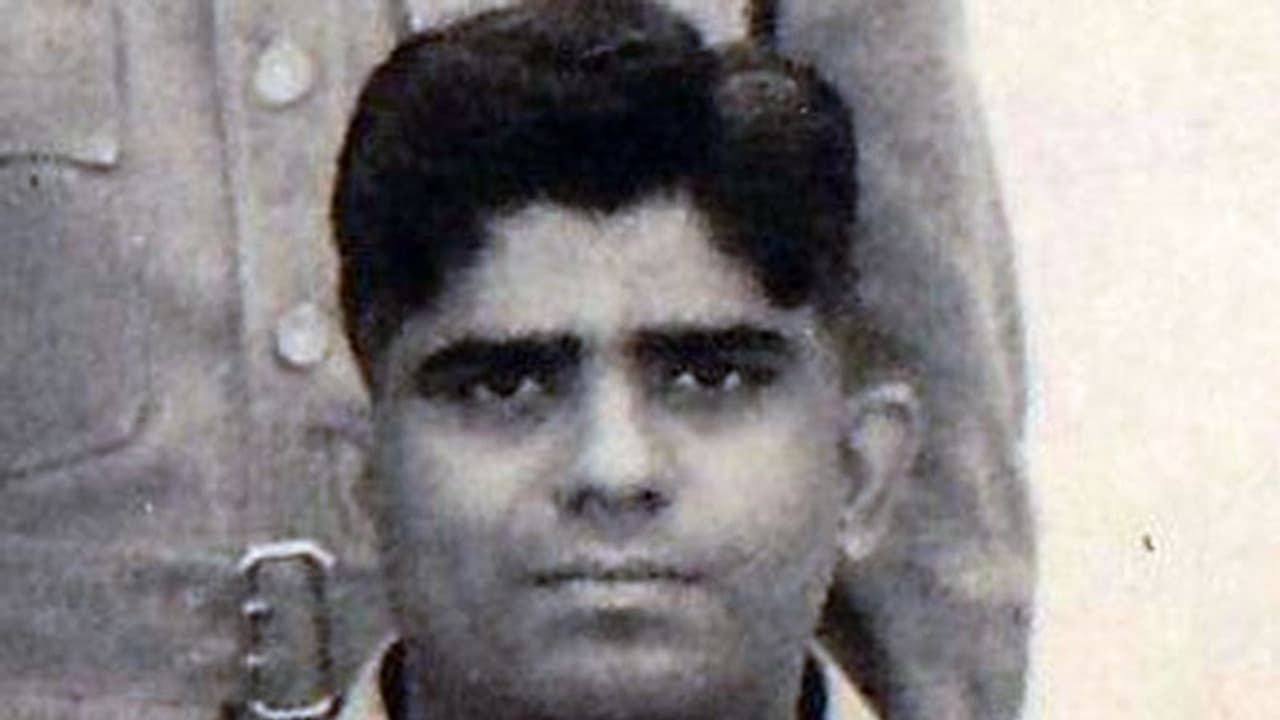Indian Air Force historian Anchit Gupta narrates the story of Air Commodore Jagdev Chandra, the first flying instructor of the IAF and the architect of the post-independence IAF training setup.
Jagdev Chandra was born on October 6, 1916, in a Punjabi family in Gujranwala (now in Pakistan). His father was a doctor and his brother, Jag Pravesh Chandra, was a politician. He quit medical school to join JRD Tata as one of his first students and got his civil flying license from the Nothern India Flying Club in Lahore.

He joined the Indian Air Force Volunteer Reserve and was commissioned with the 4th Pilot Course in August 1940. He had nearly 1,000 hours of flying when he joined the IAF. After completing his initial training at ITS, Walton, he was sent to the Service Flying Training School (SFTS) in Ambala for intermediate flying training
As Chief Instructor, Wing Commander Wukkuan Simpson (Royal Air Force), was impressed with Chandra's abilities and recommended that Indian pilots be enrolled as instructors too. Chandra completed his flying training in May 1941 and joined the Number 2 Squadron where he remained till October
Soon, he was called upon to be a flying instructor. He, along with three others, went for a four-week training program at SFTS and emerged as the first instructor in the IAF. What followed was a long stint with the 7 Squadron at Peshawar and in Burma and then with the 4 Squadron, including as Commanding Officer.
Chandra's 4 Squadron was selected to go to Japan as part of the Occupation Forces, including a voyage on a Royal Navy aircraft carrier. Spitfires were fitted with wingtip extensions and developed wooden pegs to hold the flaps in a suitable position for short take-offs.
Chandra was described as "unassuming-looking but with a reputation that preceded him". It seems, post-independence, he would be the designated "training man" in the IAF. At independence, he was made Wing Commander (Training), which was the de facto head of Training at Air Headquarters.
On promotion to Group Captain in November 1955, he was posted as Commandant of the Air Force Flying College (AFFC) in Jodhpur, a position he remained in for nearly four years. Brief stints as Senior Air and Administrative Staff Officer Maintenance Commander, and Station Commander, AFND, before taking over as Director of Training at Air Headquarters and remained so till early 1963.
Finally, he was posted to Training Command as Senior Air Staff Officer. It is unclear where he moved from there but took pre-mature retirement from the IAF in 1968 and passed away in 1991. During the course of his career, he had flown nearly 20 different aircraft and clocked 3,000 flying hours. As a father figure of training in IAF, he probably deserved more credit and publicity.
